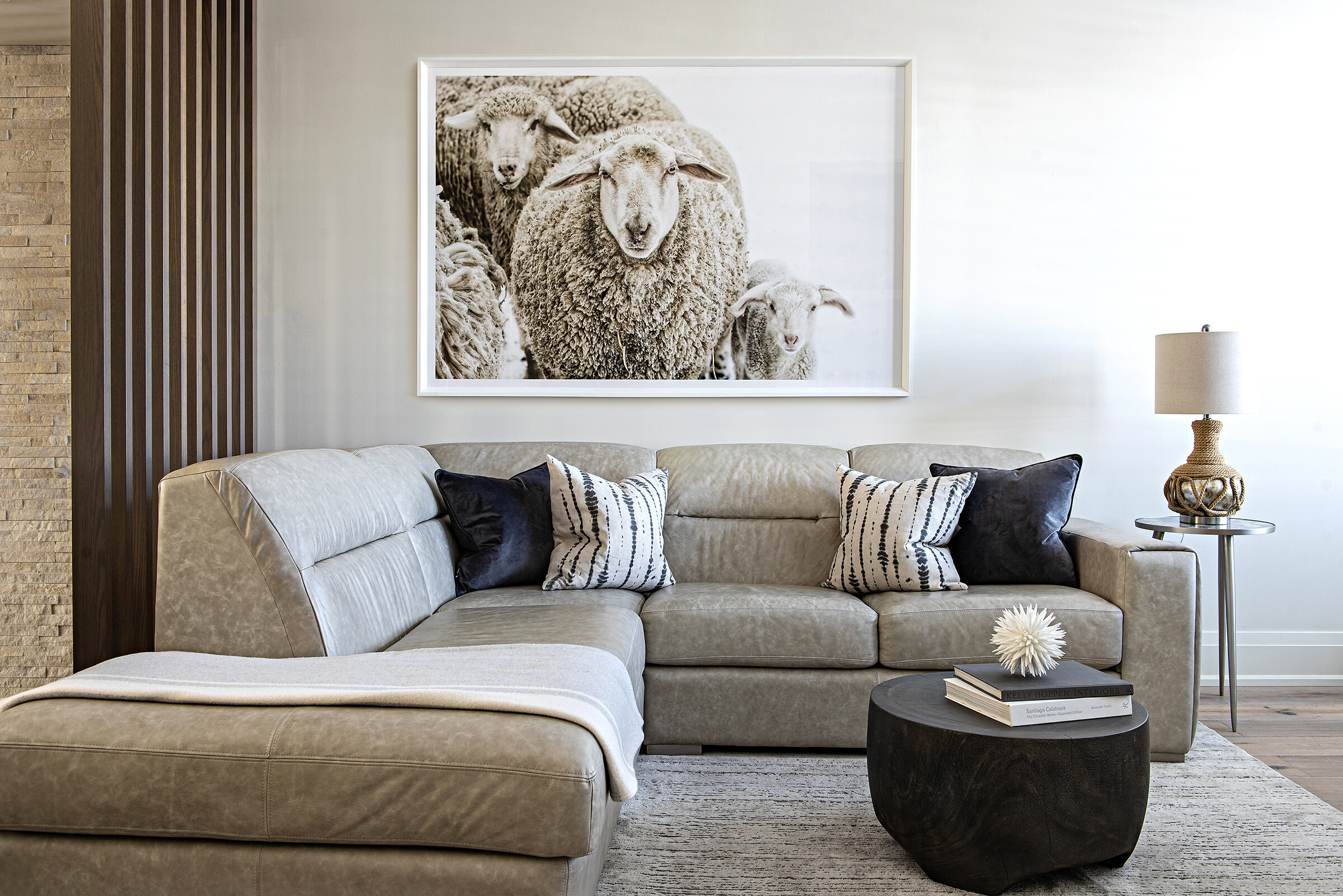Lifestyle-Based Design
STORY DIANA ROSE DESIGN
Creating a High-Functioning Home
A big part of my job as an interior designer is to not only make a space beautiful but to ensure that function is a key element to the final overall design plans. In fact, I'd argue that function and lifestyle should be considered first, because if the space or overall home doesn't meet your functional needs, aesthetics for sure will quickly lose their lustre.
Consider the following when planning your next upcoming renovation or redecoration project.
Your Needs
Now more than ever, our homes serve multiple functions. Your home should be tailored to how you live, work and play in it. I ask my clients to share and identify the current and anticipated needs ahead
Look five to 10 years into the future, since you're unlikely to undergo another expensive renovation any time soon.
The Floor Plan
If your renovation involves changes to your existing floor plan, consider going open-concept in your main living areas. I can't say enough about this layout. It's incredibly versatile, accommodating a variety of furnishings and functions, not to mention the widespread aesthetic appeal. An open-concept floor plan is probably best-suited to those who are anticipating shifting lifestyles in the future, like a growing family, a new work-from-home job or a newly empty nest.
TIP: A common challenge with open-concept interiors is delineating various functional "zones." It's actually easier (and cheaper!) than you think. Highlight different areas by using area rugs, through tactical furniture placement, or by adding a strategic focal point in each zone, whether built-in like a window or a fireplace, or something less permanent, like artwork or a stand-out piece of furniture.
Traffic Patterns
Evaluate where you enter and exit the rooms, and how you move through the space. In the living area, for example, common pathways typically include access from the main entrance to a sitting area, perhaps an adjoining kitchen or dining room, and open sight lines to the fireplace, television and main window. Do this same assessment in every room, including the bedroom and home office. Ensure the paths of traffic are easy to navigate.
Your Furniture
What do you really need? Before you start crossing items off your shopping list, this question isn't intended to whittle your furniture collection down to the bare bones. When you're evaluating your needs (above) start a simultaneous list identifying what pieces you have, or will need to purchase, in order to meet those needs.
MUST HAVE: Storage must factor into your plan. If you're doing a top-to-bottom renovation, consider adding built-in storage systems, which nowadays are as stylish as they are functional. If you're redecorating, then there's a wide array of shelves, bookcases, drawer and closet organizers and the like, which can serve all your storage needs. Remember, every item in the space should have a permanent home. When everything is property stored, your home will look great and be more functional, too.
Sooner or later, your lifestyle - and your requirements for your home - will change. This could be a gradual shift, such as kids growing into teenagers, or it could be sudden and unexpected, like having to accommodate a home office..I believe today our homes should reflect our personal stye but have the ability to pivot as our needs change over time.Always ensure you communicate with a designer like myself to create the most functional interiors that are both highly stylish but are adaptive for the way you will live in your home as well as compliment your lifestyle and future needs as they change around you.
About Diana Rose Design
Diana Rose is the Principal and Creative Director for Diana Rose Design. Known for creating tailored interiors that enhance and complement your lifestyle, she services Toronto & the GTA.







